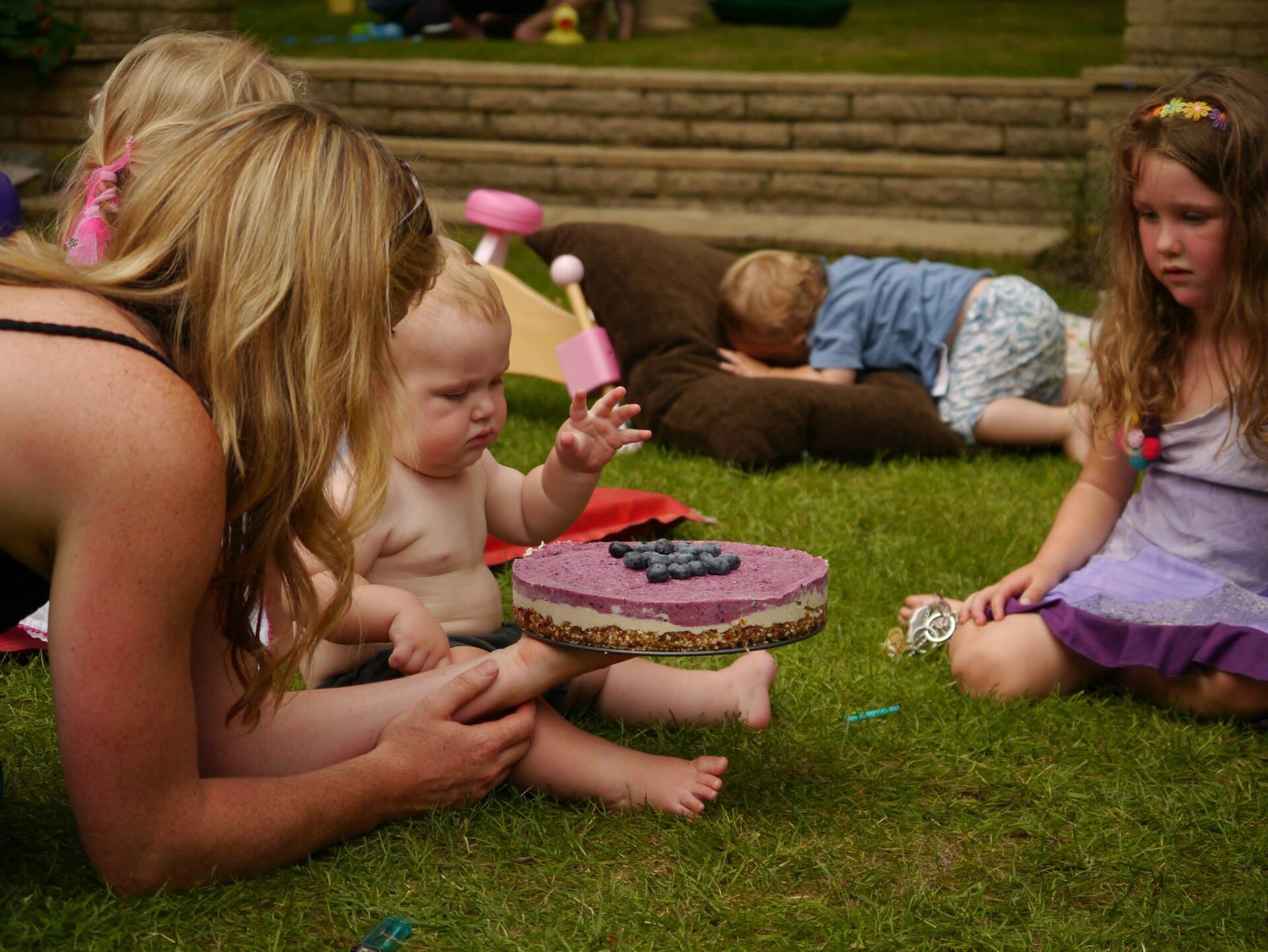The term ‘exercise’ these days conjures up images of treadmills, mirrored studio rooms, pain and sweat, but this is not what our bodies were designed for. Sitting at a desk for 8 hours and then hitting the gym has been shown to be detrimental to overall health and fitness, and can cause injury.
We were designed for more continuous movement to keep blood flowing, joints working and limbs active. There are infinite ways to incorporate movement into your daily routine, to boost your health and fitness without worrying about what you look like in lycra or whether you’ll get the most out of your gym membership! If you hate going to the gym (or any form of exercise for that matter), then you'll love this blog.
Sept 2018 data published in The Lancet Global Health show that more than one in four adults globally (28% or 1.4 billion people) are physically inactive. Interestingly high-income countries are more inactive (37%) compared with middle income (26%) and low-income countries (16%). Regular physical inactivity increases people's risk of poor health, including cardiovascular disease, several types of cancer and diabetes, falls, as well as mental health conditions. But these risks shouldn't be our only motivation, most people will tell you they simply feel better when they exercise, thanks to the endorphin releasing 'feel-good' effect. Why not focus on this instead?
Unfortunately like a lot of health topics these days, industry and marketing like to target where we are most vulnerable and dream up new ways to sell us weird and not-so-wonderful fitness products, when really all we need to do is find out a way to move more and move better.
Here are a few basic examples:
- WALKING. Daily if possible, preferably in the morning and outside (and if you're game, barefoot!), but it doesn't have to be for long, it's more important that you just do it. You could form a walking group at work for beforehand or lunchtimes, park your car further away from your destination and of course, my old favourite, take the stairs whenever possible, every little bit counts. Tracking steps can be good incentive to keep up a certain level of activity, or beat your previous day's performance. Don't worry about hitting a target so much, just start!
- use a STANDING desk to encourage easier and more frequent movement (I tend to walk around more when I'm already standing), or start a habit of standing up whenever you take a phonecall. There are great standing desk adapters if you can't afford a hydraulic one like this Posture Stand from Back Pain Help. Healthy movement is not about forcing yourself to stand for prolonged periods either, this can be just as detrimental, the focus is on moving more. If you do sit down for prolonged periods, perform some ankle twists and arm stretches etc regularly, and ensure you take regular breaks, set a timer to remind you (most phone/watch apps will have a reminder built in).
- Work with what you have rather than focusing on what you don't (excuses, excuses!). You can do triceps dips against a kitchen counter, squats in a toilet cubicle and lunges whilst watching TV. Removing your lounge seating can be a great way to promote more movement. In fact this encourages two very important movements:
- a bowel movement. Yes, a proper squat aligns your colon to allow for easier evacuation and practicing for this wherever possible also gives your internal organs a lovely massage to help things move along.
- the SITTING / RISING test (SRT). Doctors have been using this musculoskeletal test after a study published in the European Journal of Preventative Cardiology followed 2,002 adults (68% men) ages 51 to 80, for an average of 6.3 years, tracking their ability to perform the sitting/rising test. During the study 159 volunteers died, with the majority of deaths coming from those with the lowest scores from the sitting/rising test. The study concluded that 'Musculoskeletal fitness (as assessed by SRT), was a significant predictor of mortality in 51–80-year-old subjects.' Whilst the study has some shortcomings, what is wrong with practicing this test regularly and getting good at it?! You could also try the grip test (how many pounds you can squeeze), the balance test (arms crossed in front of you hold up one leg for as long as you can) and the walking test (how fast can you walk a set distance, e.g. ten feet).
- PLAY! Darryl Edwards the Fitness Explorer has a brilliant model for encouraging play with the tagline 'Eat for Heath, Move for Life'. He emphasises the importance of play as an 'activity based on unadulterated and joyful movement'. That sounds good to me. Check out his website to understand What is Play? and have fun doing it! I love this quote from his website:
The moral of the story? You are, in your basic form, an animal designed to move. In more primitive times we were forced to move and hunt down our food in order to survive.
Today it's not about survival, it's about quality of life, and who doesn't want to feel better!



